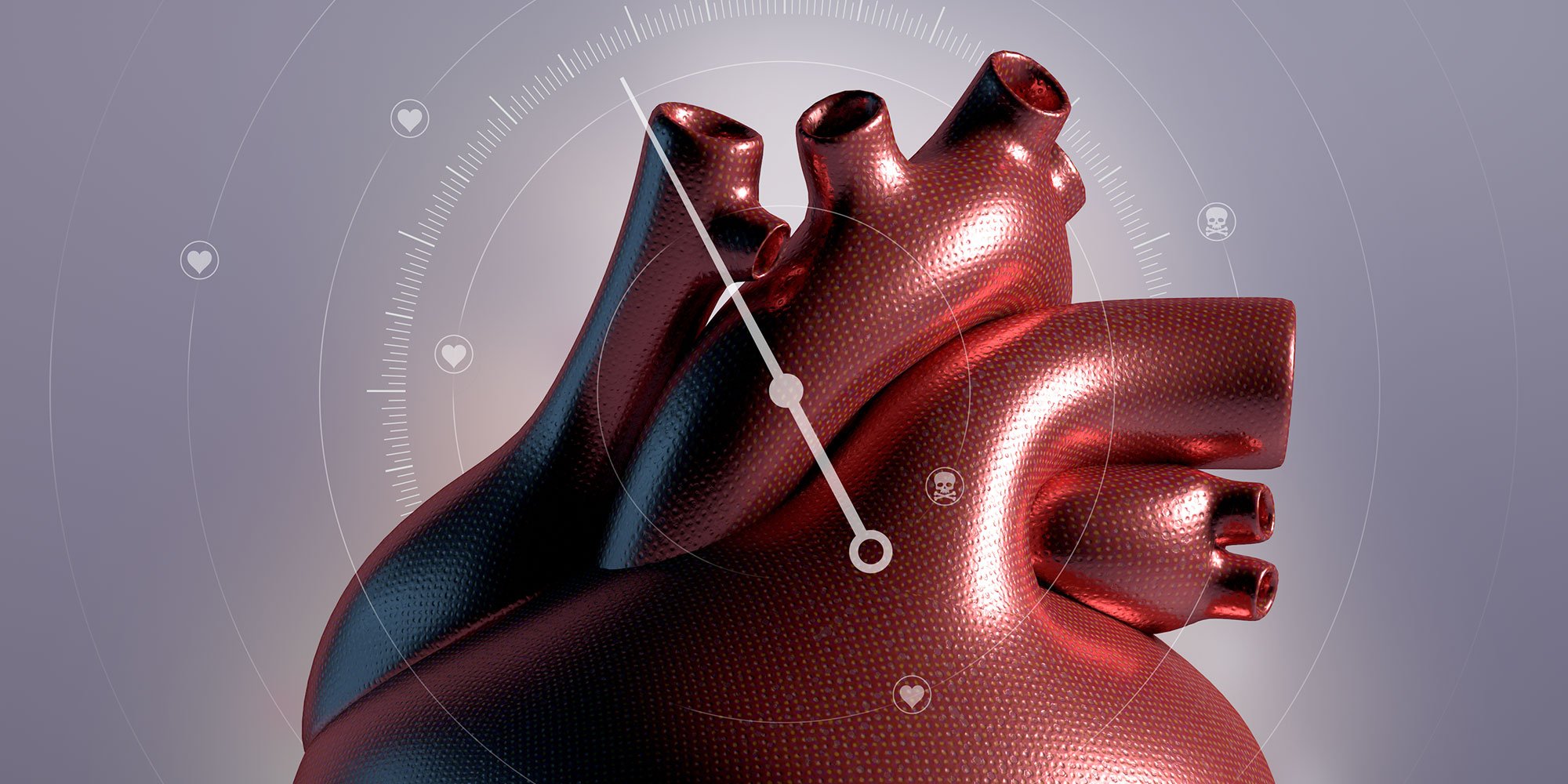The Silent Indicator of Health: Understanding the Importance of Breath
The Silent Indicator of Health Understanding the Importance of Breath
In our fast-paced world, we often overlook the subtle cues our bodies provide about our health. Among these cues, one stands out as a silent indicator of health: our breath. The way we breathe—its rate, depth, and rhythm—can reveal a wealth of information about our physical and mental well-being. This article delves deep into the significance of breath as a silent indicator of health, exploring its physiological implications, psychological connections, and practical applications for enhancing our overall health.

The Physiology of Breath
Breathing is an automatic process regulated by the brainstem, but it is also deeply influenced by our thoughts, emotions, and physical states. The average adult breathes about 12 to 20 times per minute, but this rate can vary significantly depending on various factors, including activity level, stress, and overall health.
Respiratory Rate and Its Implications
A sudden change in respiratory rate can be a warning sign of underlying health issues. For instance:
- Tachypnea: An elevated breathing rate, often exceeding 20 breaths per minute, can indicate stress, anxiety, fever, or even serious conditions such as pneumonia or pulmonary embolism.
- Bradypnea: Conversely, a slowed breathing rate may suggest neurological issues or respiratory depression.
Monitoring your respiratory rate can provide insight into your physical state and alert you to potential health problems before they become serious.
Breath Quality: Depth and Rhythm
Beyond the rate, the quality of breath—its depth and rhythm—also serves as a silent indicator of health. Shallow breathing can be a sign of stress or anxiety, while deep, rhythmic breaths typically indicate a relaxed state. Here’s a closer look:
- Shallow Breathing: Often associated with anxiety, shallow breathing can lead to reduced oxygen levels in the body, potentially causing fatigue and decreased cognitive function. Chronic shallow breathing can exacerbate health issues, leading to a cycle of stress and poor health.
- Deep Breathing: On the other hand, deep, diaphragmatic breathing promotes relaxation and can enhance oxygen exchange in the lungs. It activates the parasympathetic nervous system, which helps reduce stress and improve overall well-being.
The Psychological Connection
Breath is not only a physiological process but also a reflection of our emotional state. The connection between breath and emotions has been recognized across cultures and throughout history.
Stress and Breath
During stressful situations, our body enters the “fight or flight” response, leading to rapid, shallow breathing. This response prepares us for immediate action but can become detrimental if experienced chronically. By consciously focusing on our breath, we can activate the relaxation response, helping to reduce stress levels and improve mental clarity.
Mindfulness and Breath Awareness
Practices like mindfulness and meditation emphasize the importance of breath awareness. Engaging in breath-focused meditation can help individuals become more attuned to their emotional and physical states. By observing the breath without judgment, one can cultivate greater self-awareness and emotional regulation, making it easier to manage stress and anxiety.
Practical Applications: Enhancing Health Through Breath
Given its role as a silent indicator of health, understanding how to harness the power of breath can have profound benefits. Here are some practical strategies to incorporate breath awareness into daily life:
1. Breathing Exercises
Simple breathing exercises can significantly impact physical and mental health. Techniques such as the 4-7-8 method—inhale for four seconds, hold for seven, and exhale for eight—can help calm the mind and reduce anxiety.
2. Regular Monitoring
Become aware of your breathing patterns throughout the day. Take a moment to check in with your breath—are you breathing deeply or shallowly? Are you holding your breath in stressful situations? Regularly checking in can help you identify and address imbalances.

3. Incorporating Breath into Exercise
Many forms of physical exercise, such as yoga and Pilates, emphasize the synchronization of breath with movement. This practice not only enhances physical performance but also promotes mental clarity and relaxation.
4. Creating a Breath-Friendly Environment
Ensure that your environment supports good respiratory health. This includes maintaining air quality, avoiding pollutants, and ensuring adequate ventilation. A clean, fresh environment can positively impact your breathing quality.
Conclusion
Breath serves as a silent indicator of health, revealing insights into our physical and mental states that often go unnoticed. By tuning into our breath and understanding its patterns, we can gain valuable information about our overall health and well-being. Whether through mindfulness practices, breath exercises, or simply becoming more aware of our breathing, we can harness the power of this silent indicator to foster better health in our lives. As we continue to navigate the complexities of modern life, let us not forget to pay attention to our breath—it may be the key to unlocking a healthier, more balanced existence.





